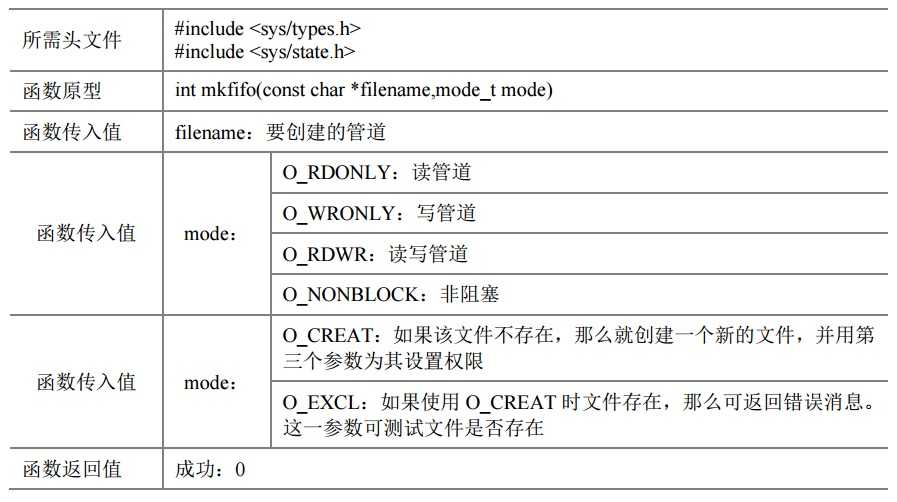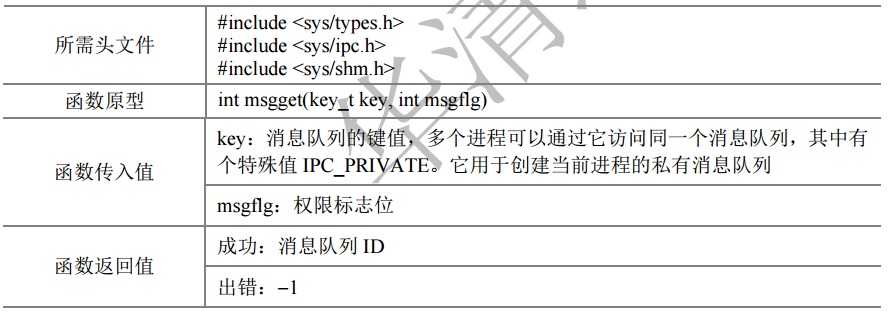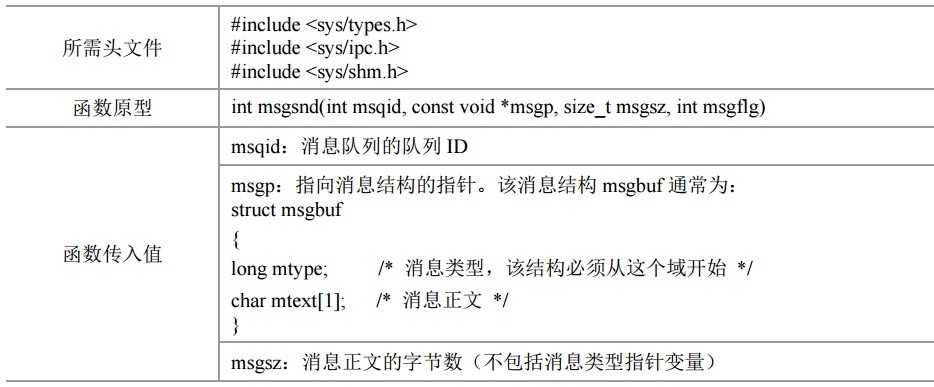标签:http read exist argc 路径名 字符 void 通信 随机
本周学习了第八章的主要内容主要包括两大部分分别为:
(1)对于读进程。
若该管道是阻塞打开,且当前 FIFO 内没有数据,则对读进程而言将一直阻塞到有数据写入。
若该管道是非阻塞打开,则不论 FIFO 内是否有数据,读进程都会立即执行读操作。即如果 FIFO 内没有数据,则读函数将立刻返回 0。
(2)对于写进程。
若该管道是阻塞打开,则写操作将一直阻塞到数据可以被写入。
若该管道是非阻塞打开而不能写入全部数据,则读操作进行部分写入或者调用失败。


/* fifo_write.c */
#include <sys/types.h>
#include <sys/stat.h>
#include <errno.h>
#include <fcntl.h>
#include <stdio.h>
#include <stdlib.h>
#include <limits.h>
#define MYFIFO "/tmp/myfifo" /* 有名管道文件名*/
#define MAX_BUFFER_SIZE PIPE_BUF /*定义在于 limits.h 中*/
int main(int argc, char * argv[]) /*参数为即将写入的字符串*/
{
int fd;
char buff[MAX_BUFFER_SIZE];
int nwrite;
if(argc <= 1)
{
printf("Usage: ./fifo_write string\n");
exit(1);
}
sscanf(argv[1], "%s", buff);
/* 以只写阻塞方式打开 FIFO 管道 */
fd = open(MYFIFO, O_WRONLY);
if (fd == -1)
{
printf("Open fifo file error\n");
exit(1);
}
/*向管道中写入字符串*/
if ((nwrite = write(fd, buff, MAX_BUFFER_SIZE)) > 0)
{
printf("Write ‘%s‘ to FIFO\n", buff);
}
close(fd);
exit(0);
}
#include <sys/types.h>
#include <sys/stat.h>
#include <errno.h>
#include <fcntl.h>
#include <stdio.h>
#include <stdlib.h>
#include <limits.h>
#include <string.h>
#define MYFIFO "/tmp/myfifo" /* 有名管道文件名*/
#define MAX_BUFFER_SIZE PIPE_BUF /*定义在于 limits.h 中*/
int main()
{
char buff[MAX_BUFFER_SIZE];
int fd;
int nread;
/* 判断有名管道是否已存在,若尚未创建,则以相应的权限创建*/
if (access(MYFIFO, F_OK) == -1)
{
if ((mkfifo(MYFIFO, 0666) < 0) && (errno != EEXIST))
{
printf("Cannot create fifo file\n");
exit(1);
}
}
/* 以只读阻塞方式打开有名管道 */
fd = open(MYFIFO, O_RDONLY);
if (fd == -1)
{
printf("Open fifo file error\n");
exit(1);
}
while (1)
{
memset(buff, 0, sizeof(buff));
if ((nread = read(fd, buff, MAX_BUFFER_SIZE)) > 0)
{
printf("Read ‘%s‘ from FIFO\n", buff);
}
}
close(fd);
exit(0);
}
消息队列的实现包括创建或打开消息队列、添加消息、读取消息和控制消息队列这 4 种操作。其中创建 或打开消息队列使用的函数是 msgget(),这里创建的消息队列的数量会受到系统消息队列数量的限制; 添加消息使用的函数是 msgsnd()函数,它把消息添加到已打开的消息队列末尾;读取消息使用的函数是 msgrcv(),它把消息从消息队列中取走,与 FIFO 不同的是,这里可以指定取走某一条消息;最后控制消息队列使用的函数是 msgctl(),它可以完成多项功能。



#include <sys/types.h> #include <sys/ipc.h> #include <sys/msg.h> #include <stdio.h> #include <stdlib.h> #include <unistd.h> #include <string.h> #define BUFFER_SIZE 512 struct message { long msg_type; char msg_text[BUFFER_SIZE]; }; int main() { int qid; key_t key; struct message msg; /*根据不同的路径和关键字产生标准的 key*/ if ((key = ftok(".", ‘a‘)) == -1) { perror("ftok"); exit(1); } /*创建消息队列*/ if ((qid = msgget(key, IPC_CREAT|0666)) == -1) { perror("msgget"); exit(1); } printf("Open queue %d\n",qid); while(1) { printf("Enter some message to the queue:"); if ((fgets(msg.msg_text, BUFFER_SIZE, stdin)) == NULL) { puts("no message"); exit(1); } msg.msg_type = getpid(); /*添加消息到消息队列*/ if ((msgsnd(qid, &msg, strlen(msg.msg_text), 0)) < 0) { perror("message posted"); exit(1); } if (strncmp(msg.msg_text, "quit", 4) == 0) { break; } } exit(0); }
#include <sys/types.h>
#include <sys/ipc.h> #include <sys/msg.h> #include <stdio.h> #include <stdlib.h> #include <unistd.h> #include <string.h> #define BUFFER_SIZE 512 struct message { long msg_type; char msg_text[BUFFER_SIZE]; }; int main() { int qid; key_t key; struct message msg; /*根据不同的路径和关键字产生标准的 key*/ if ((key = ftok(".", ‘a‘)) == -1) { perror("ftok"); exit(1); } /*创建消息队列*/ if ((qid = msgget(key, IPC_CREAT|0666)) == -1) { perror("msgget"); exit(1); } printf("Open queue %d\n", qid); do { /*读取消息队列*/ memset(msg.msg_text, 0, BUFFER_SIZE); if (msgrcv(qid, (void*)&msg, BUFFER_SIZE, 0, 0) < 0) { perror("msgrcv"); exit(1); } printf("The message from process %d : %s", msg.msg_type, msg.msg_text); } while(strncmp(msg.msg_text, "quit", 4)); /*从系统内核中移走消息队列 */ if ((msgctl(qid, IPC_RMID, NULL)) < 0) { perror("msgctl"); exit(1); } exit(0); }
2014025674(16) 《嵌入式系统程序设计》第七周学习总结
标签:http read exist argc 路径名 字符 void 通信 随机
原文地址:http://www.cnblogs.com/leeRan/p/6935261.html